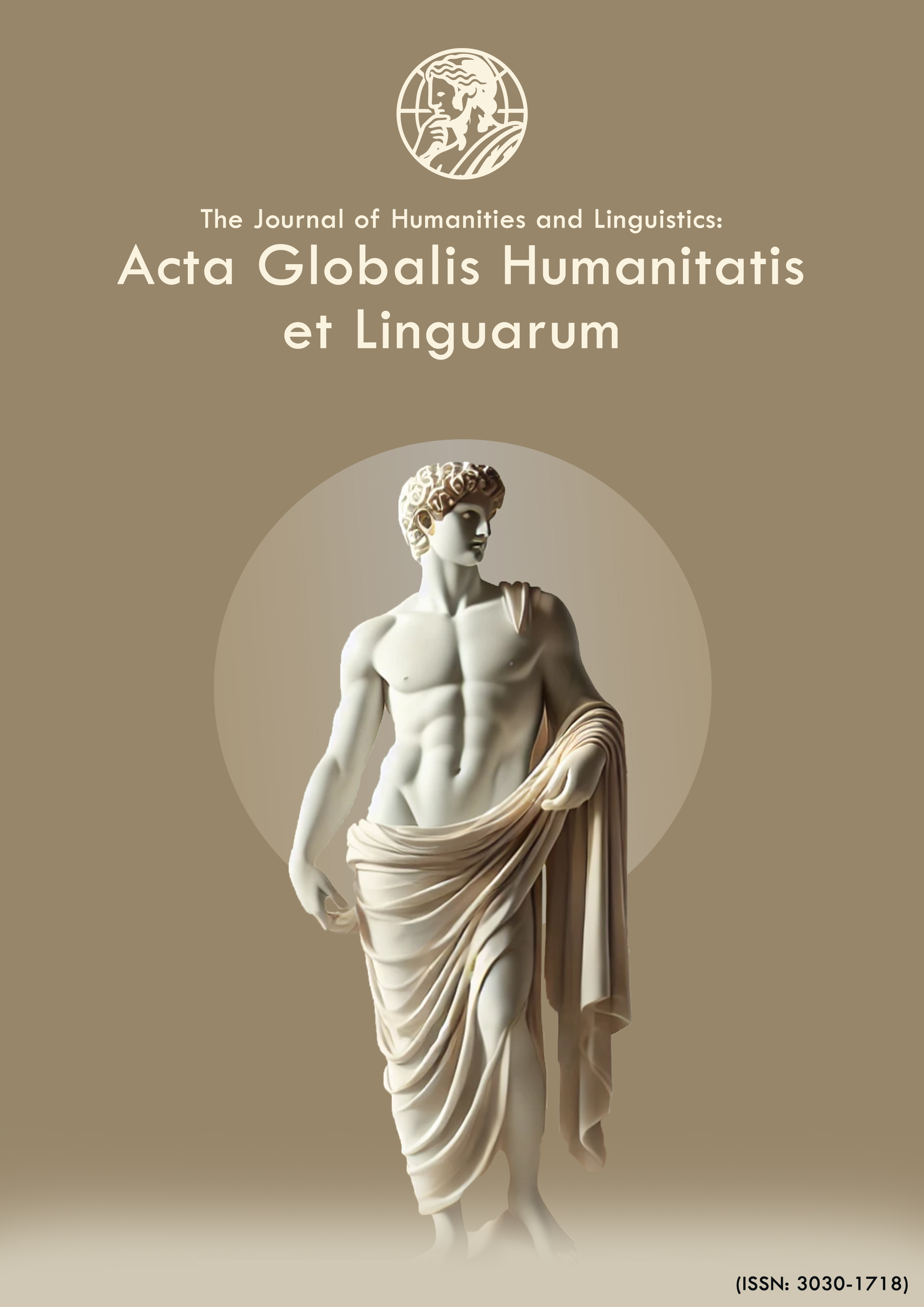Characteristics of Gerund, Participle I and Verbal noun
DOI:
https://doi.org/10.69760/aghel.01024072Keywords:
gerund, participle I, verbal noun, verbalization, tense, voiceAbstract
The article elaborates some bullet points of gerund, participle I and verbal noun. The difference between verbal noun and gerund has been brought into notice with examples in the study. The article underlines that verbalization of the ing-form word is caused by adverbs mainly. It occurs when we add adverb after the ing-form word which makes the ing-form word transform into gerund. In this case, gerundized word cannot be pluralized. If the adverb is not added in the sentence, the ing-form word can be pluralized very easily. Furthermore, some obscure points about tense and voice of participle I and gerund have been clarified in the study. It turned out that gerund has the category of voice and the category of tense. Like gerund, participle I has both category of voice and tense. Moreover, the tense forms can be in present and present perfect.
References
Alisoy, H. A. H. (2023). Reductions in English Grammar: Implications for ESL Learning. Nakhchivan State University. English and Translation Chair.
Fernando Guimaraes dos Santos. (2016) Gerund as a noun form of the verb: A discussion of a traditional definition. Summer reassessment. DOI: 10.13140/RG.2.2.28764.59528
Ismailli, T. A GENERAL OVERVIEW OF THE NOTIONAL PARTS OF SPEECH IN ENGLISH AND AZERBAIJANI. EXPERIMENTAL PHYSICS, 114.
Javid, B. (2023). Grammatical aspects of translation in English and Azerbaijani. Research Retrieval and Academic Letters, (4).
Maya Ruiz, S. (2023). La adquisición de complementos infinitivos y gerundios en inglés como segunda lengua por estudiantes mexicanos universitarios. RECIE. Revista Electrónica Científica De Investigación Educativa, 7, e1867. https://doi.org/10.33010/recie.v7i0.1867
Nuri, A. (2024). From Roots to Borrowings: The Evolution of the English Lexicon. Acta Globalis Humanitatis et Linguarum, 1(2), 101-111.
Prtija , S. S. . (2021). THE GERUND AND GERUNDIVE IN THE WORKS OF TACITUS AND PLINY THE YOUNGER. PHILOLOGIST – Journal of Language, Literature, and Cultural Studies, 12(24), 62–82. https://doi.org/10.21618/fil2124062p
Raflis, R., & Lase, A. (2018). Analysis of the English gerund as Subject, Direct Object, Subject Complemet, and Object of Preposition. Journal Ilmiah Langua and parole, 1(2), 60-64. https://doi.org/10.36057/jilp.v1i2.161
Downloads
Published
Issue
Section
License
Copyright (c) 2024 Acta Globalis Humanitatis et Linguarum

This work is licensed under a Creative Commons Attribution-NonCommercial-NoDerivatives 4.0 International License.







